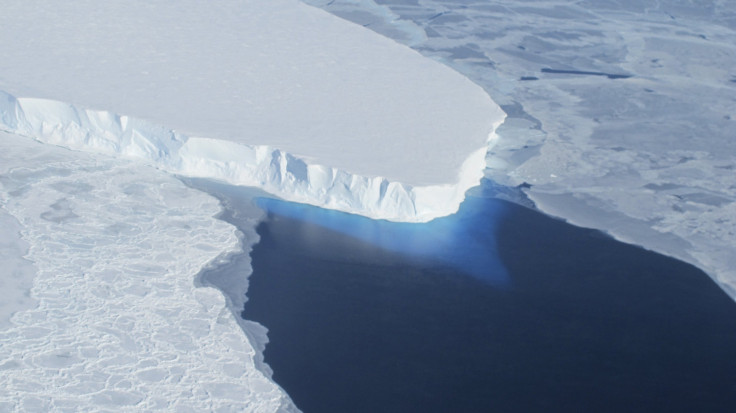Global Warming Impact: Melting Ice Leads To Increased Carbon Dioxide Absorption

The change in global temperatures is a widely documented phenomenon. Global temperatures have been rising steadily leading to stark differences in climate patterns across the globe. The spike in temperatures is altering ice across the poles. But according to a team of scientists, melting ice is actually reducing carbon dioxide from our atmosphere.
ESA’s GlobSnow project produced daily snow cover maps over the whole northern hemisphere from 1979 to 2015 using satellites.
A team of climate and remote sensing scientists led by the Finnish Meteorological Institute recently analyzed the information from this project and said that rising global temperatures are causing seasonal snow cover to melt earlier in the spring which is causing snow-free boreal forests to absorb more carbon dioxide from our atmosphere.
According to an ESA press release, the team of scientists had to consider both the sources of emissions as well as the absorption of carbon dioxide both on land and in the oceans. Boreal forests are an important carbon sink on land. They absorb a lot of carbon and are integral to maintaining the balance in carbon dioxide levels. But snow cover hinders their ability to absorb carbon.
According to the release, the scientists found that the start of plant growth in the spring has shifted earlier by an average of eight days over the last 36 years.
By combining this information with ground-based observations of the Based on observation taken from atmosphere–ecosystem carbon dioxide exchange from forests in Finland, Sweden, Russia and Canada, the team found that this “ earlier start to spring growth has increased the forest uptake of carbon dioxide from the atmosphere by 3.7 percent per decade. This acts as a brake on the growth of atmospheric carbon dioxide, helping to mitigate the rapid increase of carbon dioxide from man-made emissions. ”
The team also found out that the change in the time period of spring is much larger in Eurasian forests, leading to double the increase in carbon uptake compared to North American forests.
“Satellite data played an essential role in providing information on variability in the carbon cycle,” said Prof. Jouni Pulliainen, who led the research team at the Finnish Meteorological Institute in the ESA release.
“By combining satellite- and ground-based information, we were able to turn observations of melting snow into higher-order information on springtime photosynthetic activity and carbon uptake.”
The team hopes that the findings from this study can modify existing climate models and help map out the different areas of focus in global warming and the main factors that contribute or help solve it.
Global warming is the effect of carbon dioxide emissions from human activities such as burning coal, the oil and gas industry, transportation and domestic heating. As temperatures increase, we witness changes in the planets’ climate such as the melting of glaciers, rising sea levels and an increase in the frequency of extreme weather conditions.
ESA is planning on improving the satellite-based record of global snow cover with the upcoming ESA’s Climate Change Initiative.
© Copyright IBTimes 2025. All rights reserved.





















